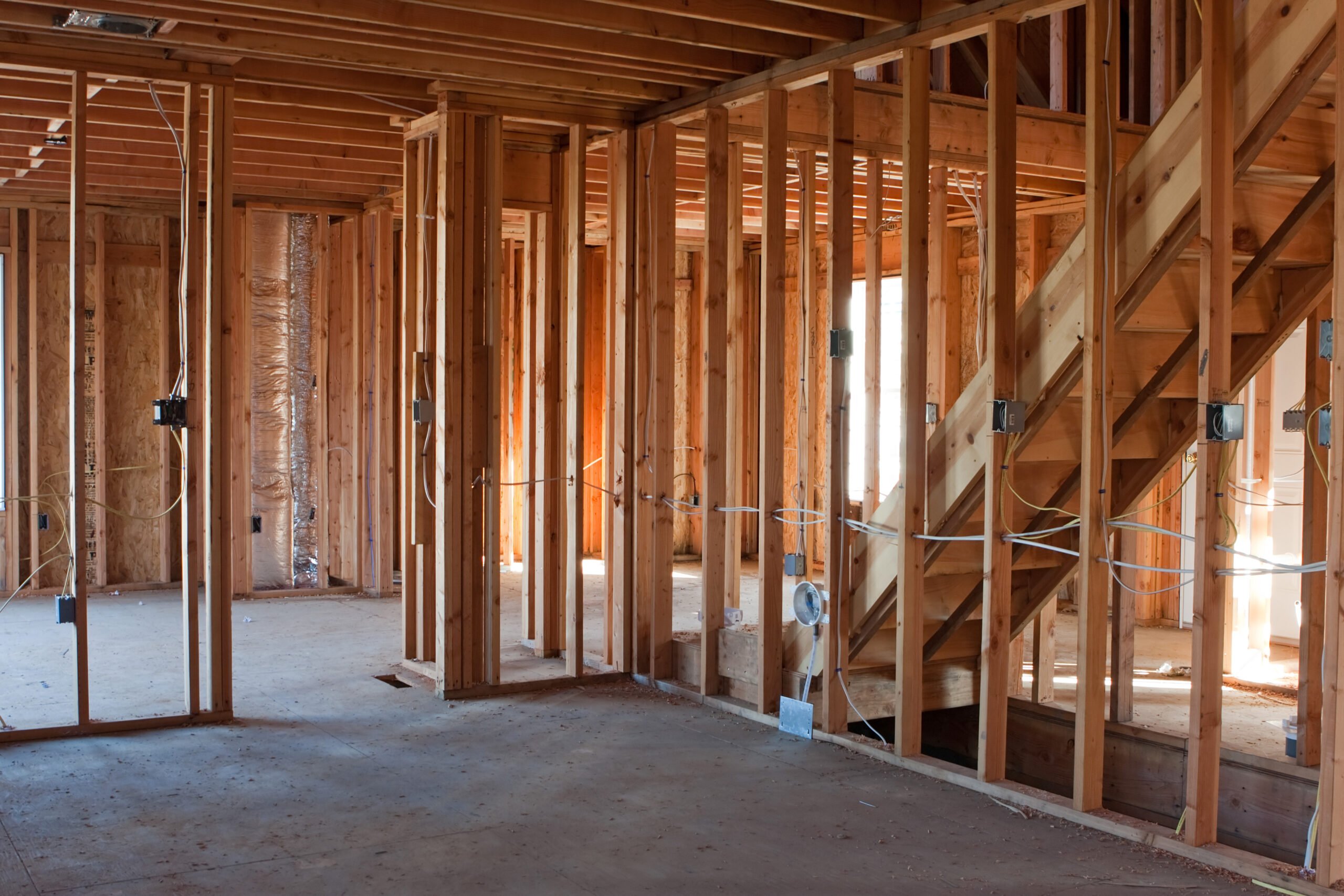When you’re working on a fix and flip project, timing is everything. A fast closing can be the difference between landing a profitable deal and losing out to another investor. House flipping and flipping houses have become popular real estate investment strategies, attracting both new and experienced investors looking to renovate and resell properties for profit. This surge in popularity can be attributed to reality TV shows and media showcasing dramatic property transformations. So, how long does it really take to close a fix and flip loan?
The answer: most fix and flip loans can close in as little as 5 to 14 days, depending on the lender, the property, and how prepared you are. Fix and flip loans are a specialized form of financing tailored for real estate investors looking to purchase, renovate, and quickly resell properties for a profit. In some cases, the process for securing a fix and flip loan allows for a quick turnaround, with funding possible in as little as 24 to 48 hours. House flippers can choose from a variety of financing options, including bank loans, traditional lenders, hard money loans, a rehab loan, or working with a flip lender or flip lenders, each offering unique benefits and terms to fund fix and flip projects.
Introduction to Fix and Flip Loans
Fix and flip loans are a specialized form of financing tailored for real estate investors looking to purchase, renovate, and quickly resell properties for a profit. Unlike traditional loans, which can be slow and restrictive, fix and flip loans are designed to meet the fast-paced needs of fix and flip projects. These loans are typically offered by hard money lenders, who understand the unique challenges and timelines of real estate investing. Hard money loans are nontraditional funding options that consider the property’s potential rather than the borrower’s credit score. For experienced real estate investors, fix and flip loans provide the agility needed to secure promising deals before the competition. By learning how these loans work, investors can make smarter decisions, move quickly in the market, and unlock new opportunities for profitable real estate investments.
1. Pre-Approval: 1–2 Days
-
Get pre-approved before making offers. During pre-approval, lenders may evaluate your loan to value ratio, loan amount, and financial situation.
The fastest closings start with preparation. Getting pre-approved gives your lender everything they need upfront, including your experience, credit profile, and proof of funds. Lenders may also review your track record, request tax returns, and consider loan terms, interest rates, and loan interest as part of the pre-approval process, especially for first time flippers. Lenders typically determine how much investors can borrow based on the property’s loan-to-value ratio, loan-to-cost ratio, and after-repair value. With pre-approval in place, your loan can move through underwriting much faster when a deal comes along.
2. Underwriting and Appraisal: 3–7 Days
Once you’re in contract, your lender will review the deal details and order an appraisal or valuation. As part of the underwriting process, the lender will consider the purchase price, initial purchase price, total investment, and renovation expenses to assess the project’s financial viability. Lenders may also evaluate carrying costs, holding costs, and monthly payments to ensure the project remains feasible and profitable.
For experienced investors, many private lenders streamline this step—especially if the project is straightforward. Some loans can skip full appraisals, shaving several days off the process. Conducting thorough market research, including analysis of market trends and comparable sales, is essential to accurately assess the property’s value and investment potential. Additionally, it’s important to conduct thorough inspections to identify potential issues like foundation problems before purchasing a property.
Effective project management, a clear project timeline, and a well-planned renovation process help ensure the project is completed in a timely manner and within budget. Evaluating the property’s potential, identifying its key features, and understanding the target market and potential buyers are crucial for maximizing the chances of a good profit. Properties considered for fix and flip projects are often distressed property types, which can offer significant upside if managed well.
3. Final Closing: 1–5 Days
After underwriting is complete and the title is cleared, your loan can close. A strong lender will coordinate with title and escrow to finalize everything quickly, allowing you to fund and start work on your project without delay.
Once your renovation is complete, working with a real estate agent or a team of real estate agents and implementing effective marketing strategies—such as professional photography—can help streamline the sale process and attract more buyers. Use professional marketing strategies, including high-quality photography and staging, to attract potential buyers and highlight the property’s best features.
Benefits of Fix and Flip Loans
Fix and flip loans offer a range of benefits that make them an attractive option for real estate investors. One of the biggest advantages is the speed at which funding can be secured, allowing investors to act quickly on investment properties in a competitive real estate market. These flip loans also provide flexible terms, such as interest-only payments with a balloon payment due at the end of the loan term, and loan amounts based on the after repair value (ARV) of the property. This means investors can often borrow up to 80% of the ARV, giving them the capital needed to cover renovation costs and boost the property’s repair value.
Fix and flip loans can be used for various property types, including single-family homes, multifamily units, and planned unit developments, making them versatile for different investment strategies. By leveraging these loans, real estate investors can reduce their upfront expenses, increase their potential returns, and build a diverse portfolio of investment properties. Whether you’re new to real estate investing or a seasoned pro, fix and flip loans can be a powerful tool for growing your real estate investments.
Tips to Speed Up Your Closing with Hard Money Lenders
-
Get pre-approved before making offers.
-
Have your contractor bids and rehab budget ready.
-
Work with a lender experienced in investor financing.
-
Respond quickly to any document requests.
-
Maintain strong project management and establish a clear project timeline to ensure all steps are completed efficiently and on schedule.
Bottom Line
Fix and flip investors thrive on speed. By working with a direct private lender like Nvestor Funding, it’s possible to close in under two weeks—sometimes even faster.





